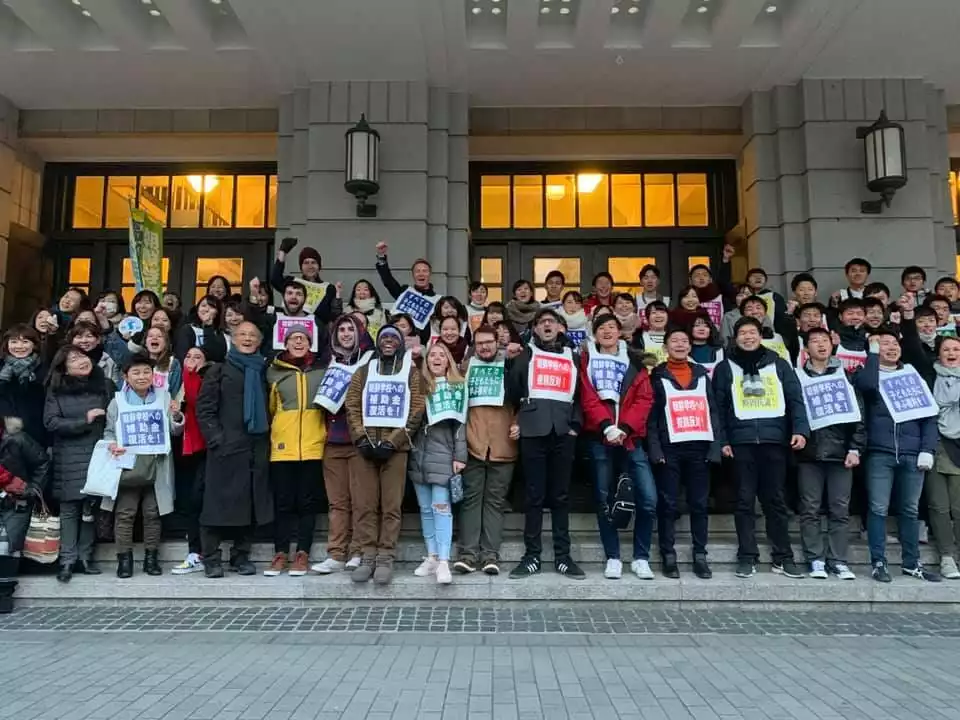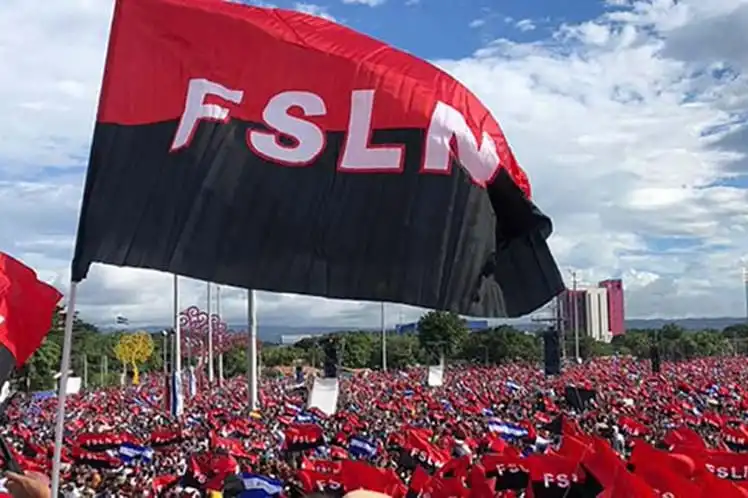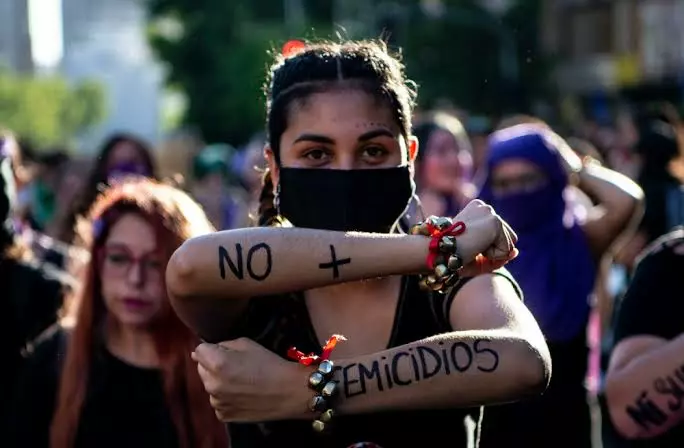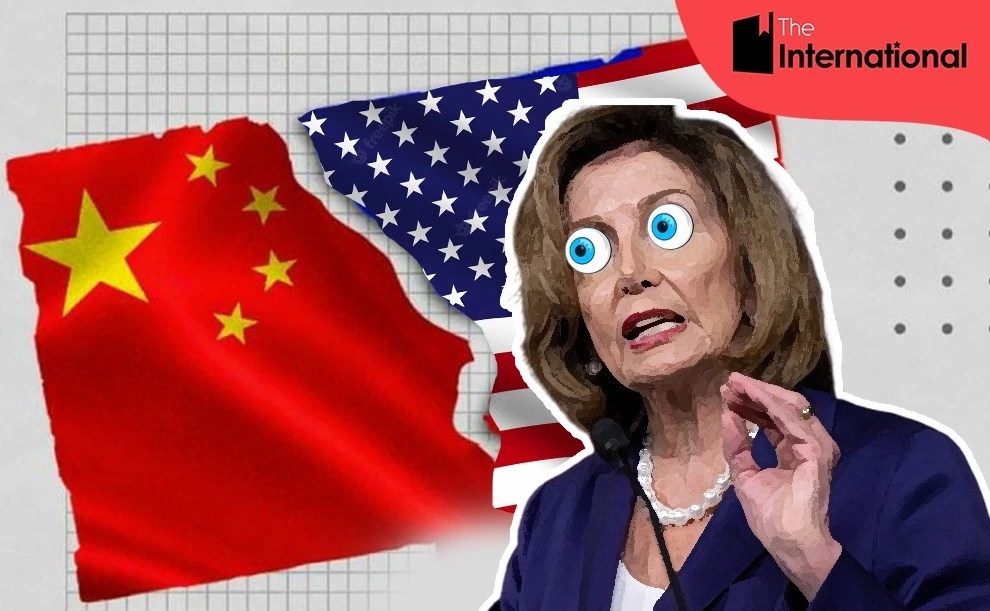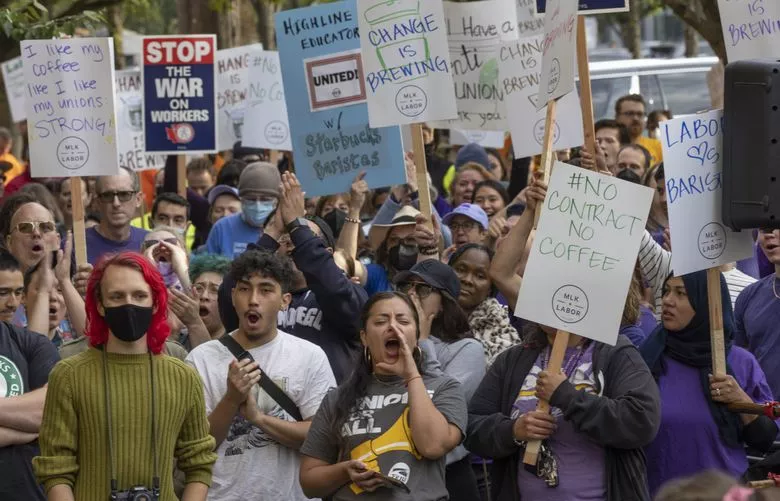On November 25, 2022, toward the end of the 1st Academic Peace Delegation to Koreans in Japan, I testified at the Japanese Diet—along with others from Japan and South Korea—about the need to protect Koreans in Japan from racist government and right-wing discrimination. This was my fourth time there, and I spoke, as an associate professor of education studies in the U.S., about the remarkable quality of education taking place in ethnic Korean schools there. As testimonies proceeded, the Japanese representatives continued to deny that there was any problem. “We are following the law,” they said.
After, we went to the Japanese Ministry of Education, Culture, Sports, Science, and Technology for the weekly Friday protest Korean students organize in defense of their right to education. As students and their supporters spoke, amplified racist messages tried to drown us out.
Meanwhile, even the U.S. media was covering the recent escalations of attacks against Korean residents in Japan and their schools, something that is incredibly significant and important, despite the ahistorical and often incorrect framing. In early December, the Washington Post even ran an article on the threats facing Korean schools in Japan. They noted how the schools were subjected to “threatening phone calls, arson attacks, and more,” the former of which are regular occurrences and the latter of which are not the worst physical attacks they’ve suffered.

Anti-Korean Racism a Central Feature of Japanese Society
Education is a central feature of life and human society, and this is even more pronounced in the people’s struggles against oppression. There’s perhaps no sharper contemporary example of the struggle for education than the recent escalations of attacks on Korean residents in Japan and their schools. Now is the time for the international left to show our unconditional solidarity with this community, their schools, and their cause.
The violence described in the Washington Post article is, unfortunately, not unique; it is a regular feature of lives for all Koreans, and especially those affiliated with Chongryon, or the General Association of Korean Residents in Japan. In 2018, a Japanese man attacked a young Korean man with a knife, and he admitted to police he did so “because he had ‘looked down’ on him.” That same year, two men shot up Chongryon’s headquarters in downtown Tokyo.
Far-right activists routinely protest outside of elementary, middle, high, and university schools, despite Japan’s anti-hate speech law. Zaitokukai regularly stages protests outside of elementary, middle, high, and university schools, calling them “cockroaches” and chanting “Korean schools are spy schools, kick them out of Japan!”
In late October 2022, the Japan Network toward Human Rights Legislation for Non-Japanese Nationals and Ethnic Minorities verified that there were “nine incidents of physical violence and verbal intimidation experienced by students at six Korean schools around the country as of Oct. 8.” An October 06 the same bodies “said discrimination had become so rampant that children are afraid to wear traditional Korean uniforms outside their schools.”
In August 2021, a Japanese man set fire to seven buildings housing descendants of Korean forced-laborers. In a separate incident in April 2022, a Japanese man set fire to a Korean school in Osaka. At trial, he stated that “he hated Korean residents in Japan and that he came to believe after reading Twitter posts that they, and their groups, were a threat to the Japanese people.” He received a suspended sentence.
The Japanese government denies facilitating such acts of racist violence but is itself one of the primary antagonists.
When the COVID-19 pandemic broke out, school authorities in Saitama city provided free personal protective equipment to all day care centers and schools in the city—except for Korean schools. When the Japanese government provided funding for university students to compensate for hardships during the pandemic, only Korea University was excluded.
None of this, for the Japanese government, constitutes discrimination. In order to understand why, we have to grasp the centrality of education in the struggle for justice and peace in general and, in East Asia in particular.
The modern origins of Koreans in Japan
From their founding after World War II, Koreans in Japan—who are sometimes called Zainichi Koreans, meaning “foreign Koreans”)—have always had to struggle to create and maintain educational spaces and systems where they can teach and learn about their own history, culture, traditions, and languages, in addition to other essential disciplines and languages. This was a basic human right as well as a political struggle, as Japan’s colonization of Korea, which officially started in 1910 but began about 5 years earlier, forced over 2 million Koreans—about 90 percent of whom came from the southern part of the peninsula—to move to Japan through either physical violence, coercion, and deceit. The story of the formation of a Korean population in Japan in the 1900s is one of profound violence.
Some were “recruited” by Japanese companies after colonial forces stole their lands and gave them to landlords, promised great jobs and good pay but receiving the opposite. Many Korean women, hundreds of thousands, were kidnapped into Japan’s sexual slavery network, which the U.S. inherited after it replaced Japan as the occupying force in the south. In 1938, Japan forcibly conscripted and kidnapped workers from Korea and brought them to Japan as slave laborers, where they were forced to build the military, munitions buildings and construct secret underground bases and bunkers for the air force. In the latter instance, children were particularly valuable, as their small bodies and hands were essential for creating the tunnels with pickaxes.
The historic struggle of Chongryon and Koreans in Japan
After Japan’s defeat and the liberation of the northern half of the peninsula, around 600,000 Koreans remained in Japan involuntarily. They were forced to remain there because of property restrictions, the U.S. occupation of the southern half of the peninsula, and eventually the formal—but still temporary—division of their homeland.

There was one unique aspect to Japan’s colonization of Korea: the Koreans forced to Japan were granted Japanese citizenship. In 1952, however, with the adoption of the San Francisco Peace Treaty, they lost their nationalities and were officially stateless overnight with no formal rights at all. They had—and still have—the option of applying for Japanese citizenship, but this would mean abandoning their heritage, culture, and being forced to assimilate fully into Japanese society. With the official creation of the Republic of Korea and the subsequent formation of the Democratic Republic of Korea, many became citizens of the former and more became citizens of the latter, although some went without citizenship as they await reunification. Today, there are around 600,000 Koreans in Japan living under these circumstances, although as a result of increased oppression in Japan and sanctions against the DPRK, more now hold RoK citizenship.
Like their counterparts on the peninsula, Koreans in Japan were forced to take Japanese names and were prohibited from speaking their own language, wearing their own clothing, and generally practicing and transmitting their culture, from dancing and singing to cooking and sporting.
As Kim Wooki of the Human Rights Association for Korean Residents in Japan explains in a presentation for a 2016 Global Minority Rights Summer School in Budapest:
After being liberated from colonization by Japan, Koreans in Japan established Korean language classes in various parts of Japan to pass on their own language and culture that had been deprived in colonial times to their children who had been born and grown up in Japan. Those classes had gradually been developed into schools which provided not only Korean language but also various subjects like mathematics and science.
However, far from ensuring the ethnic education of victimized Koreans in Japan, the Japanese government and Allied Occupation Forces jointly issued an ordinance to close down Korean schools in 1948 and 1949 and suppressed those schools by military power. As a result, many schools were driven to a close down, and the pupils and students were forced to transfer into Japanese schools. Some Korean schools, which Koreans had defended by desperate resistance at that occasion, became a basis for current schools.
That is, just a few years after Japan’s defeat, the Japanese government—at that time functioning under the direction of the U.S.—ordered the closing of the few ethnic schools. After the Korean people protested, the government issued its first state of emergency. In April 1948, Japanese and U.S. military forces invaded and destroyed the schools, physically removing the students, some of whom were killed in the process. More than that, they went on a spree of repression, arresting and killing at least 1,700 people who they thought looked to be Korean (but many of whom were not).
Resistance continued and the situation was radically improved when the DPRK started to send funds to support their compatriots in Japan, even as they were rebuilding their own country from scratch after the devastation of the U.S. war against Korea. In 1955, Chongryon—the General Association of Korean Residents in Japan—formed in part to counter the influence of Mindan, which wanted to organize Koreans around the RoK. Chongryon was more attractive, not only because of the national liberation in the north but also because it meant organizing themselves for the peaceful reunification of their homeland and creating their own educational and cultural. Institutions.
They built—again, with their own hands and money—hundreds of schools and cultural institutions, from sports leagues to women’s groups. The schools aren’t actually “schools” but “miscellaneous schools,” meaning they have some autonomy over their own curriculum but are self-funded through donations and tuition. In 2010, however, Japan’s tuition-waiver program for foreign nationals provided free access for all kinds of schools, from Chinese to American schools. The only schools excluded from the program are Chongryon schools, something made official in 2013. Similarly, the only school donations that aren’t tax exempt are those made to Chongryon schools. The businesses that largely fund the schools are subject to repression by the government, tied up in legal proceedings of all sorts.
The fact that Chongryon and the network of schools still exists is a testament to the resilience of the Korean liberation struggle and their quality and importance, for DPRK citizens and RoK citizens, many of whom send their children there so they can retain their identity and be free of anti-Korean racism. Still, the organization has to spend tremendous resources recruiting students and enrollment numbers drop after middle school, as high school graduates of Korean ethnic schools are the only ones who have to take and pay for a separate exam to qualify for university admissions. Those who go to Korea University—the one higher educational institution—do so at significant costs, as they graduate with incredibly precarious futures, as most employers won’t hire their graduates.
Defending “Our Schools!”
When Korean ethnic schools in Japan get coverage in the press, they’re painted as ideological indoctrination factories. Yet nothing could be further from the truth. Not only are their students free to watch and read the same news we are, but their curriculum is incredibly well-rounded and centered on critical thinking. I haven’t spoken with a single Korean student in Japan who didn’t have a unique perspective on anything related to Korea, and neither have any of my students, whom I've been bringing since 2019.

U.N. agencies like the Committee on the Elimination of Racial Discrimination have officially condemned Japan’s racist policies. A 2014 CERD investigation found that, 10 years after they recommended the “State party ensure that there is no discrimination in the provision of educational opportunities and that no child residing in its territory faces obstacles to school enrolment,” Japan had taken no relevant action to undo the racist exclusion of Korean schools.
The same committee expressed concern in their 85th session about “the spread of hate speech, including incitement to imminent violence, by right-wing movements or groups” protesting outside of schools, with hate-speech by public officials and the lack of investigation into them. In their 2001 report, they stated they were “concerned about reports on violent actions against Koreans, mainly children, students and about inadequate reaction of the authorities in this regard and recommends the Government to take more resolute measures to prevent and counter such acts.”
Despite international pressure, Japan refuses to protect Korean schools and, in fact, only intensifies their oppression, using them as nothing more than pawns in their struggle for growing economic and political dominance.
For any person, the immediate issue is clear: Korean students and their schools should be free from violence, hatred, and bigotry. Discrimination should be outlawed, and reparations paid. For those on the left, our task is to link that immediate issue to the larger context, demanding that the U.S. finally sign a peace treaty, recognize the right of the DPRK to self-determination, and allow both sides of the peninsula to peacefully reunify according to their own will.
The Koreans refer to their educational institutions as “our schools.” They are, indeed, “our schools”—schools of progress, justice, and humanity.
Image Credits: Derek Ford
If you are a socialist, We need you now!✕
We are proudly biased towards Anti Capitalist, Anti Imperialist, Anti fascist! We believe we don’t need to mention you the importance of marxist magazine in this era! We are depending on our comrades only! Make an investment of $2.5/m in making a quality journal inclined to Marxism Leninism! Your one potential subscription helps us to maintain our global team! Subscribe and get access of all exclusive content available at the magazine section!
